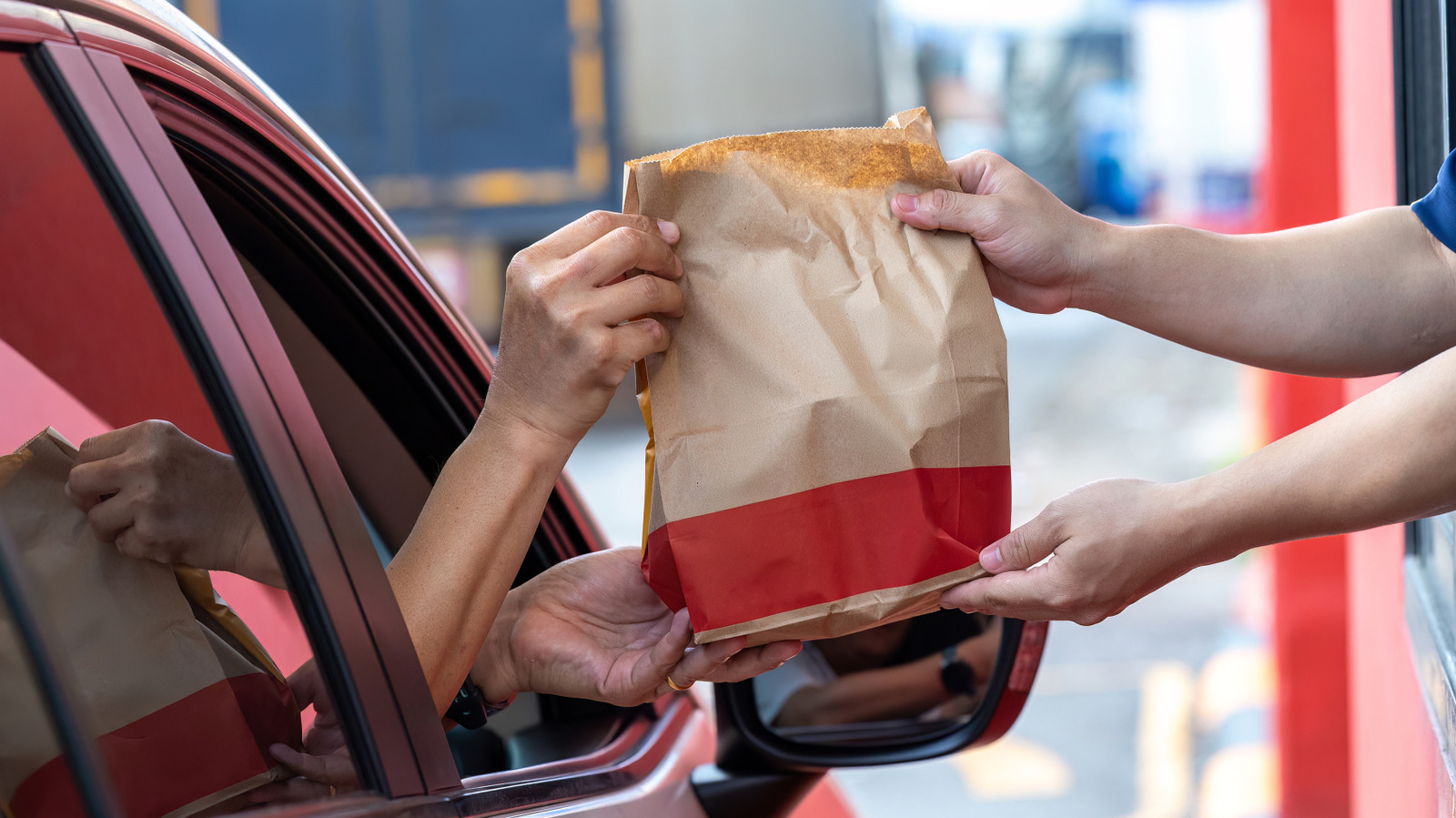
"You know the classics: McDonald's, Taco Bell, and KFC ... their designs are recognizable in a heartbeat. According to the CDC, 32% of adults in the U.S. consumed fast food on any given day. That's a considerable amount of brand exposure; it's no wonder we've grown to memorize their marketing. Ever wondered what makes a design so memorable? Well, the psychology behind logos is incredible."
"With brand recognition, McDonald's holds the crown, or should we say arch. Its logo development has had twists and turns, like when McDonald's logo had a line through it in the '60s, but the arched idea stems from the revamping of its rooftops in 1953. Originally, the chain added a single arch to its rooftops and signposts (there's still one visible at the oldest operating McDonald's location in the U.S.). However, in 1968, McDonald's switched to its iconic doubles."
Fast-food logos achieve high recognition by combining symbols, shapes, fonts, and colors to influence consumer behavior. High fast-food consumption—32% of U.S. adults on any given day—increases brand exposure and encourages logo memorization. Designers apply color psychology and simplified forms to create instantly recognizable marks that signal familiar menus and trustworthy food. McDonald's golden arches originated from rooftop architecture in 1953, evolved from a single arch to the double-arch M in 1968, and became a ubiquitous yellow symbol of quick service. Pizza Hut's red roof motif derived from actual building roofs and replaced earlier mascot-based imagery such as Pizza Pete.
Read at Tasting Table
Unable to calculate read time
Collection
[
|
...
]